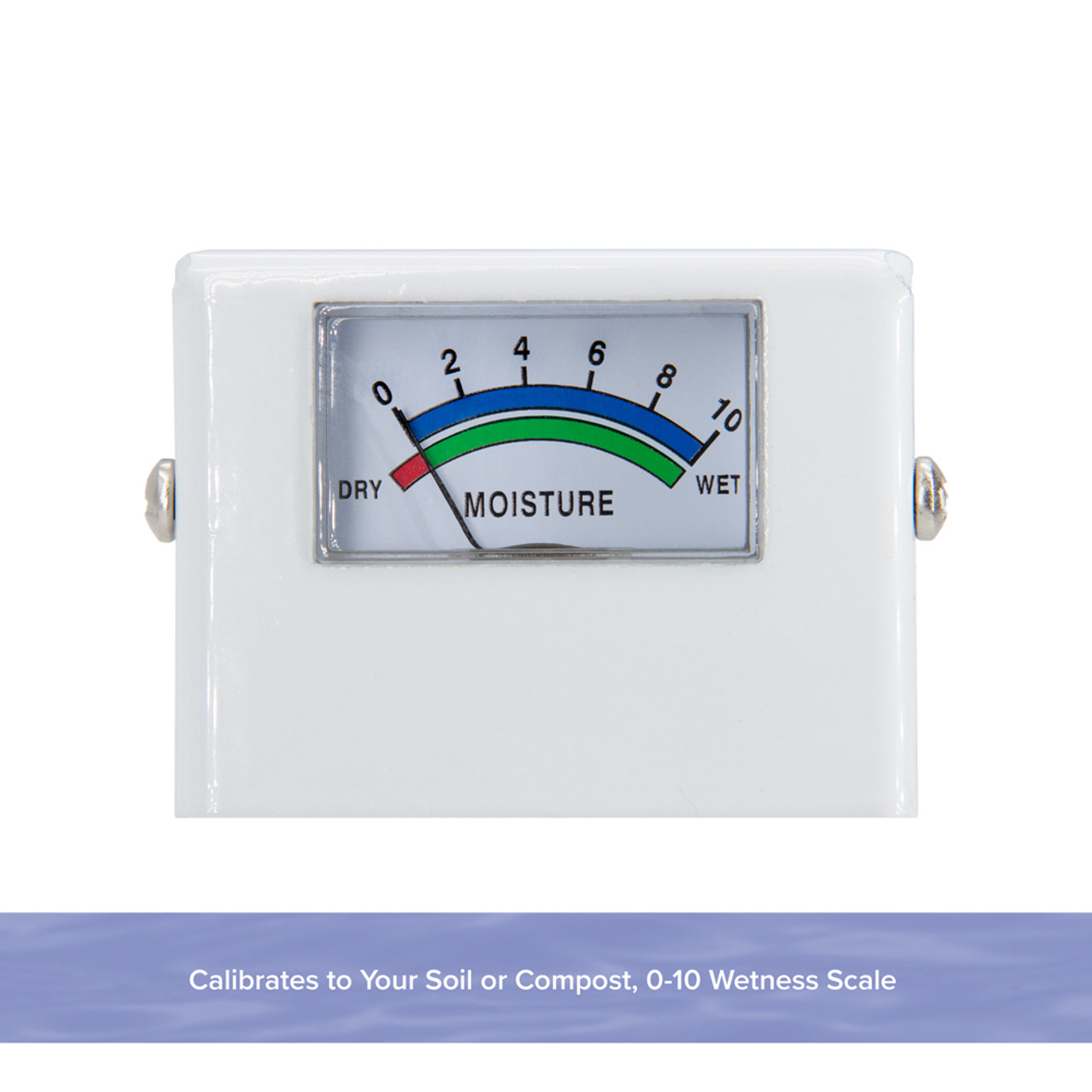Moisture Meter Reviews: Comparing the very best Models for Professional and Do It Yourself Usage
Moisture Meter Reviews: Comparing the very best Models for Professional and Do It Yourself Usage
Blog Article
Explore the Globe of Moisture Meters: Every Little Thing You Need to Know
In the realm of dampness meters lies a world of accuracy and usefulness that usually goes undetected. Recognizing how moisture meters run, the different types readily available, and their varied usages can shed light on their importance in guaranteeing quality and efficiency.
Exactly How Moisture Meters Work
Moisture meters run by gauging the electric conductivity or capacitance of products to determine the moisture material existing. These meters are very useful devices across numerous markets, consisting of woodworking, construction, and agriculture. By making use of various techniques such as pinless or pin-type technology, dampness meters supply accurate analyses that assist professionals make notified decisions.
Pin-type wetness meters work by placing the sharp pins right into the product being evaluated. The electrical conductivity in between the pins is then gauged, with greater moisture degrees bring about enhanced conductivity. Moisture Meter. On the various other hand, pinless moisture meters make use of electromagnetic signals to check a larger location without causing any kind of damages to the product's surface area. These meters are excellent for quickly assessing wetness levels in huge locations or ended up products.
Despite the technique made use of, dampness meters play a crucial function in avoiding problems such as mold development, architectural damage, or product flaws created by excess moisture. Comprehending just how these meters work is important for making certain the quality and integrity of products in various applications.
Kinds of Moisture Meters
Provided the essential role dampness meters play in various markets, it is crucial to understand the different kinds available to specialists for accurately analyzing moisture degrees - Moisture Meter. There are mainly 2 main kinds of moisture meters: pin-type and pinless wetness meters

On the other hand, pinless wetness meters make use of electromagnetic sensor plates to scan a larger location of the material without triggering any type of damages. This kind appropriates for quickly scanning big areas and is typically utilized for floor covering, walls, and ceilings. Pinless meters are convenient for taking analyses on completed surfaces without leaving any kind of visible marks.
Both kinds of moisture meters have their benefits and are picked based upon the certain requirements of the job at hand. Recognizing the differences between these types is critical for experts to make accurate dampness analyses.
Applications Across Industries
Construction professionals count on moisture meters to evaluate the dampness levels in building products like concrete, drywall, and timber, which is critical for preserving structural honesty and stopping issues like rot or mold. The flooring industry makes use of wetness meters to determine the wetness web content in subfloors prior to installing numerous floor coverings, preventing expensive problems due to excess dampness. In the food market, wetness meters are made use of to keep track of and manage moisture levels in products such as grains, nuts, and dried fruits to keep freshness and quality.
Tips for Using Dampness Meters
Use the moisture meter's calibration settings to ensure exact readings when gauging the wetness material in different materials. Calibration is crucial for the proper functioning of a moisture meter. Before each usage, it is advisable to check and readjust the calibration settings according to the certain product being examined. Furthermore, make certain the meter is readied to the appropriate moisture range for the material you are gauging to get one of the most specific results.
When utilizing a pin-type moisture meter, put the pins to the suitable depth suggested for the product being tested. This makes sure that the dampness readings are drawn from the appropriate deepness within the product, offering an extra accurate depiction of its moisture material. For pinless wetness meters, bear in mind to maintain appropriate call with the material's surface area to get dependable analyses.
On a browse this site regular basis check and change the batteries in your dampness meter to stop inaccurate readings as a result of low power. Shop the meter in a secure and completely dry area when not being used to prolong its life expectancy and maintain its precision. By adhering to these suggestions, you can optimize the performance of your dampness meter and acquire accurate wetness content dimensions across different products.
Upkeep and Calibration
To ensure the accuracy of dampness content measurements, normal maintenance and calibration of the dampness meter are necessary actions in its appropriate functioning. Upkeep involves maintaining the moisture meter free and clean from particles that can Learn More influence its analyses. It is very important to adhere to the manufacturer's standards for cleaning to avoid damage to the gadget. Additionally, routine calibration is essential to verify the precision of the readings. Calibration readjusts the dampness meter to ensure that it supplies reliable and consistent outcomes.
Calibration must be carried out regularly, specifically if the dampness meter is utilized often or in critical applications where exact dimensions are needed. Numerous wetness meters come with calibration devices or can be adjusted by specialist solutions. Moisture Meter. It is recommended to maintain a log of calibration dates and results to track the efficiency of the dampness meter over time. By calibrating the wetness and keeping meter consistently, individuals can trust the precision of the dampness material measurements obtained.
Verdict

To conclude, moisture meters play a crucial duty in different markets by accurately measuring the moisture web content of materials. Understanding just how these gadgets work, the various kinds readily available, and correct maintenance and calibration are essential for acquiring trustworthy results. Whether in manufacturing, farming, or construction, the use of wetness meters assists guarantee quality assurance and efficiency in procedures.

In verdict, moisture meters play a vital function in various markets by accurately gauging the dampness content of materials.
Report this page